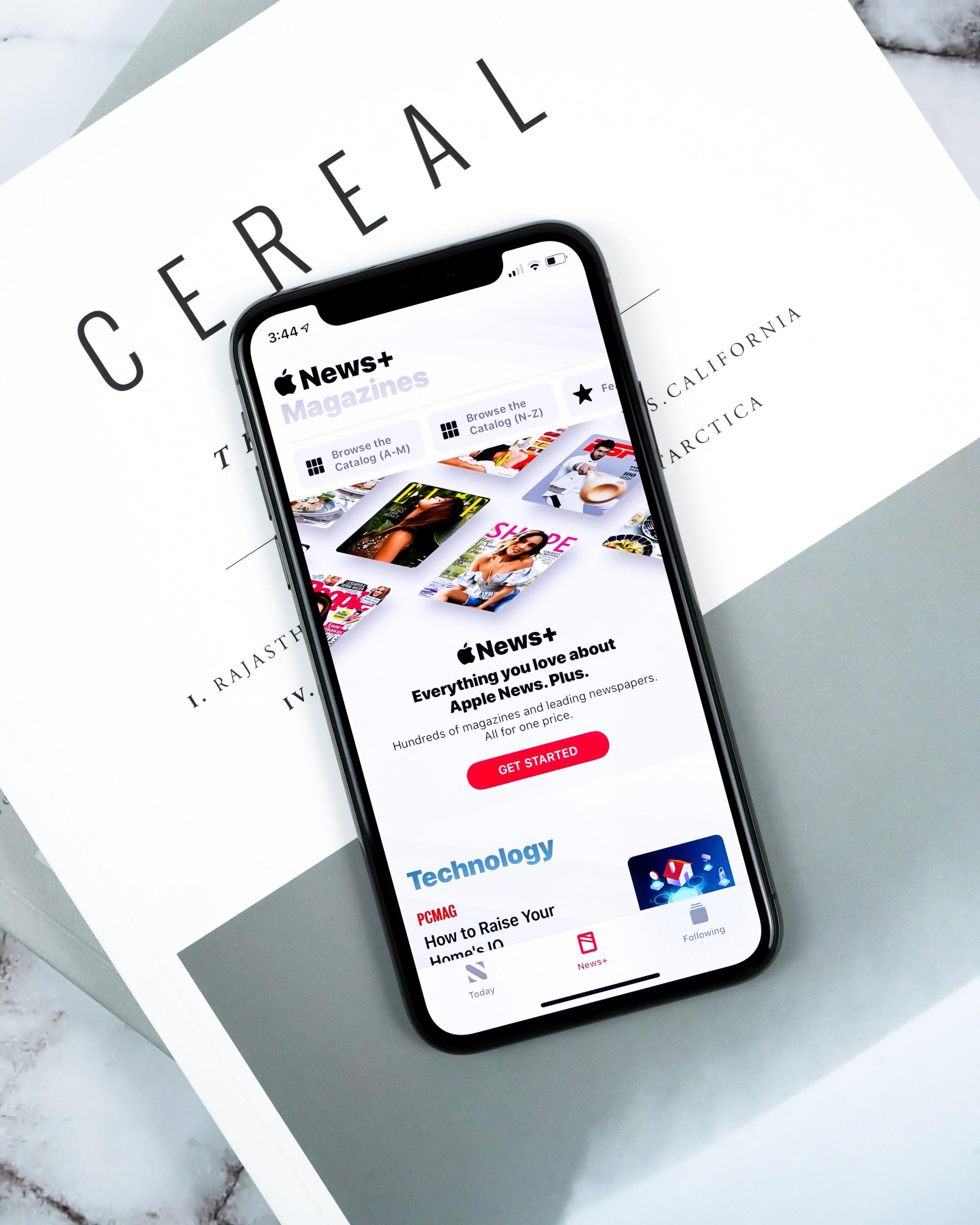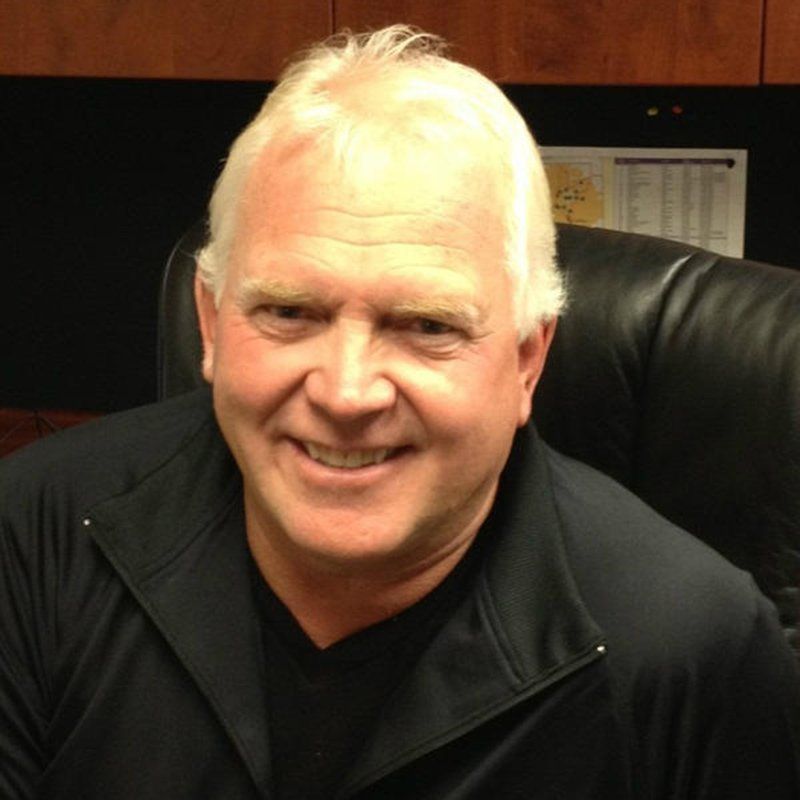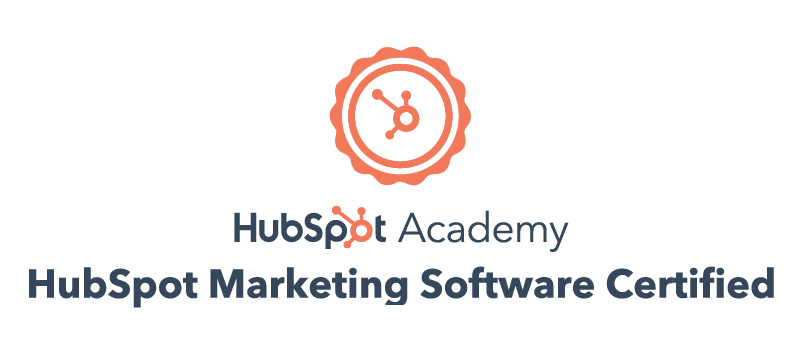2021 WEB AWARD FOR
OUTSTANDING ACHIEVEMENT
in Web Development for Métis Crossing.
Today’s digitized landscape gives you several channels for outreach, providing you with a variety of options when it comes to communications and PR services. You can develop a strategy to present your story through paid advertising. A plan for your websites, blogs, and social media platforms will give potential customers access to your story on demand. You can also tell your story by executing strategies for public relations and stakeholder management.
Ask a team member or a client to define ‘public relations,' and you may hear something like ‘people who write press releases, sell stuff or plan events.' Others may say, “It’s another form of advertising.” One person we asked said, “We think public relations people write press releases as a form of ‘spray and pray’ communication.” Ouch! The PR industry needs better public relations efforts.
Mis-perceptions also exist about stakeholders. At face value, the term describes someone who has an interest or concern about an issue or an organization and will be affected by decisions made about it. Break the word apart, and you may get an image of a dagger-wielding figure who threatens decision-makers. This darker version suggests a stakeholder has the power to destroy (or save) your future.
We start our explanation of public relations and stakeholder management by contrasting it with the more readily understood medium of advertising. Think about advertising as a presentation that you pay to deliver. It’s a one-way form of communication with your audience. Ideally, your advertising messages will align with your audience's needs and communication style. But advertising is a monologue.
In contrast, public relations efforts and stakeholder management are conversations. You have dialogues with people to explain your brand’s value, address questions, and encourage them to engage with you. You don’t pay for those conversations; if your content is compelling, people will share it with others because they believe your message and your brand are worthwhile.
The CIPR Communications team examines the scope of public relations and offers guidance about how PR can be used to create connections. We also outline strategies for effectively collaborating with stakeholders who can help you build your brand’s value. From our perspective, public relations and stakeholder management are essential activities for fostering trust in your brand and ensuring its longevity.
Brands are no longer objects that we buy or sell. Brands are experiences, and we often share our brand experience with others. Reflect on a recent memorable experience. Was it your wonderful vacation? Your beautiful wedding? Or a simple walk through the woods or along a beach on a sunny day? You managed that experience. You decided what you wanted, planned it, and then made it happen.
If others joined you on your adventure, you likely still talk about it with your companions. You may bring it up with acquaintances, neighbors, or work colleagues. Did the hotel, chapel, or park ranger pay you to talk about your event? Not likely at all! You drew such immense value from the experience that you willingly shared the story.
The goal of public relations is to bring your brand’s story to life in a way so engaging that others will want to tell it, too. You can express your story through a variety of forums including:
But just as you had a dialogue with friends about your vacation or your wedding, your brand storytelling will be a conversation. You’ll find out about your audience, listen to their questions, and then explain – or better yet, show – why engaging with your brand will be a great experience. Importantly, you’ll build trust with your audiences by fulfilling your brand promise with each experience.
Ultimately, public relations efforts help you create personal relationships with stakeholders including customers, vendors, industry associations, and advocacy groups. When your conversations with stakeholders are consistent, authentic and honest, they’ll become brand advocates who help you build your brand’s value.
We looked to the Public Relations Society of America (PRSA) for the official description of the field: “Public relations is a strategic communication process that builds mutually beneficial relationships between organizations and their publics.” While we’re not fans of the word ‘publics,’ we agree with the goal. Notice that the phrase ‘press release’ isn’t included in the definition.
Let’s turn to an example that illustrates the power of public relations:
The challenge: Build awareness of the rollout of Holiday Inn Express brand’s Start Breakfast Bar in Canada.
The campaign: Hockey-rivals—Toronto’s Doug Gilmour and Montreal’s Guy Carbonneau faced off in the READIEST Breakfast Challenge Canada. The two players had three minutes to concoct their game-winning breakfast using some of the 30 ingredients on the Start Breakfast Bar menu. Hockey analyst Mike Johnson refereed and tasted the results. Carbonneau took home the win with a “Power Play Pancake Cup,” - a fluffy pancake cone filled with fresh scrambled eggs and sausage.
Benefits to the public: Fans can watch the competition on Holiday Inn digital and social channels. They can also participate by creating their own game-day breakfast combo at Holiday Inn Express hotels nationwide. Guests receive 15 percent off their stay when they book at holidayinnexpress.com/readiestbreakfastchallenge.
Results: Since the campaign launched in April 2019, sales results aren't in yet. We expect Holiday Inn will happily see bookings pick up.
Was a press release part of the campaign? Absolutely, but it’s the excitement and fun of the story that captured the attention of hockey fans and Holiday Inn guests. The Holiday Inn brand has been buoyed up by the friendly competition and subsequent conversation about the campaign.
We enjoy sharing success stories, but it’s also important to acknowledge the outcomes when public relations blunders occur:
The issue : TD Bank Canada Trust team members said pressure to meet sales goals led to them sell financial services that weren’t needed or requested. Changes made to accounts without customer knowledge violated the Federal Bank Act.
The response : Amid public outcry, TD Bank issued several waves of carefully crafted press releases trying to reassure consumers that the bank could be trusted. Unfortunately, the language in the communications was ‘legalese’ and didn’t reflect the brand’s tone or identity.
Benefits to the public : None. The bank's focus on avoiding liability instead of legitimizing customer concerns hurt the brand.
Results : The day after the story broke, TD stock fell 5.5 per cent, wiping out 2017 YTD gains and marking its worst performance in 8 years.
What was missing from TD Bank’s public response? Aside from the lack of credibility and appropriate tone in the press releases, TD Bank missed the opportunity to have a frank conversation with customers. Acknowledging the problem and apologizing for mistakes is an important start toward rebuilding trust. Should the leadership team have been changed? Would the company benefit from internal work on its culture? We can’t answer those questions definitively, but drastic actions are sometimes necessary for an organization to repair damaged brands.
Our examples demonstrate that successful public relations efforts are much more than a series of press releases. Public relations activities should open the door between your brand and your customers, letting your ‘publics’ get to know you and feel connected to you.
If you want to transform your public relations program into a tool for building personal relationships, think about how you establish connections and trust with people. When you want to connect with someone, you do the following:
Public relations should adhere to these relationship guidelines across the variety of ways in which you engage with consumers and customers.
Remember to make sure your brand identity is consistently evident across your PR program. Encourage everyone on your team, from customer service teams to third-party vendors, to follow your brand guidelines. You'll want your brand or company's presence to be consistent, no matter when, where, or with whom the conversation occurs.
In addition to outlining your approach to public relations activities, your strategy should address how you’ll identify and communicate with stakeholders.
A recent article from Stanford’s Graduate School of Business suggests successful companies are those who prioritize stakeholders such as employees and customers over shareholders. Author Bethany McLean posits that well-run organizations “provide a safe and remunerative work environment for your employees and provide products or services that are really offering value to the world.” She goes on to say that “shareholder returns should not be the primary driver; they should be a by-product of processes that provide value to customers and employees.”
Stakeholders include more than your team and your customers. Any group who benefits from your brand or company value is a stakeholder. Identifying your stakeholders is the first step in partnering with them. Stakeholders who could be affected by your brand or your company are in the following areas:
Our tongue-in-cheek reference to a dagger-wielding stake-holder carries some truth. The combined power of stakeholder voices can propel your brand and company forward, help it change for the better, or slow its growth.
Within the Canadian mining industry, for example, a few companies have pivoted their business model after stakeholders raised strong concerns about the environmental impact of mining. Leading mining companies recognized the risk to their business if they chose operational efficiency over sustainability. After all, nothing kills profits faster than having to close a mine due to environmental hazards. Partnering with stakeholders helps a mine keep its license.
Uber recently felt the influence of stakeholders after a pedestrian was killed in the U.S. by a self-driving car:
Despite Uber’s assurances that they had additional safety mechanisms in place nine months after the accident, most Americans surveyed said they wouldn’t ride in a driverless car. Some industry experts remain sceptical about the viability of the technology. Uber has not yet established the stakeholder partnerships it needs to ensure the success of this initiative.
Building stakeholder relationships takes time. You wouldn’t ask for a reference from your manager after only 2 weeks at a new job. Instead, you’d begin earning trust – practical and emotional trust.
You need both types of trust to create brand value and a stakeholder communication plan that will help you develop positive relationships.
Strong stakeholder partnerships can improve your brand’s credibility. From the stakeholder’s perspective, however, a relationship with your brand or your company is only worthwhile if it provides value to them. You can gain insight into your value by answering these questions about each of your internal and external stakeholder groups:
Your stakeholder analysis will help you identify your brand advocates and those who might be disruptive to your plan. Your communication strategies should build on positive perceptions and mitigate or change negative ones.
Your stakeholders can be characterized by their influence on your organization:
Regardless of stakeholder influence, engagements across all groups are effective when they are:

Establishing trust in your brand is essential to its survival. Why? Because even the most valued brand has competition, and your customers have an increasing number of choices. Deciding whether to drink Coke or Pepsi now includes Mountain Dew, Sprite, Dr. Pepper, and Fanta. The beverage decision has expanded with the emerging flavored water category and brands like Bubly, LaCroix, and Canada Dry. How do consumers choose? They’ll gravitate toward brands they know and trust.
Your customers and stakeholders have high expectations, too, and little patience for missteps. The speed of digital communications bombards us with ratings, opinions and often, misinformation. When people believe that your brand will keep its promise – every time – you remove uncertainty from their decision to engage with you. You make it easier for them to see your value and to choose your brand again and again.




Podcast

© Copyright 2023 | All Rights Reserved | Privacy Policy | Terms and Conditions